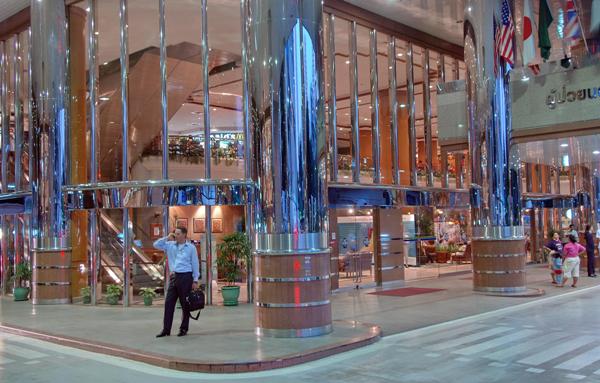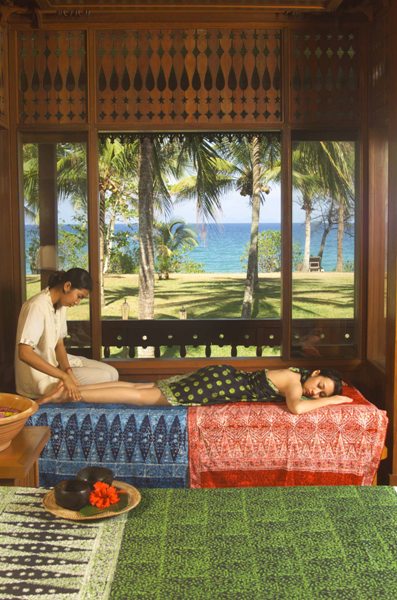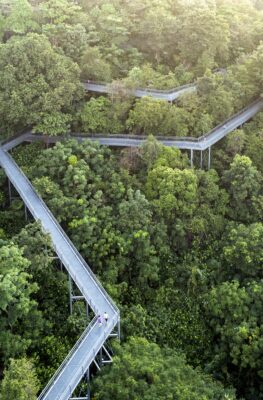Published on July 3, 2015

What do you picture when talk turns to a Southeast Asia trip? Most travelers imagine beaches, jungles, temples and street food. But a growing number of travelers also think about plastic surgery, health screens and dental procedures – hardly topics you’d expect to find in a postcard from Malaysia or Thailand, to be sure, but activities that meet a surging international demand nonetheless.
A select number of countries in Southeast Asia now benefit from growing interest in health and wellness tourism. Patients from countries where particular medical procedures are expensive or unavailable find what they need in Southeast Asia: millions of tourists from the U.S., Europe, Japan, China and India take to the skies every year, hoping to find relief at a Southeast Asia hospital at the other end of the flight.
Chasing lower costs
Thanks to growing medical costs worldwide, wellness tourism is a multi-billion dollar industry; “the worldwide medical tourism market is estimated to be worth $55 billion, and it is projected to continue growing by 20% a year,” reports the Nikkei Asian Review.
According to a 2013 survey conducted by the Medical Tourism Association (MTA) and George Washington University, medical tourists in the U.S. and Europe chase cost savings out of their home countries to countries like Malaysia and Thailand.
Do the math: if the average U.S. hospital stay (without insurance) costs over $18,000, then the $7,475 to $15,833 average bill spent per medical travel trip (as per the MTA survey) doesn’t seem so bad at all.

Increasing expertise, simplifying access
“While I am not a medical professional, it is my understanding that Thailand, Malaysia, Singapore and the Philippine Islands are popular medical tourism destinations,” explains Nancy Parode, About.com’s resident expert on travel for seniors and baby-boomers.
Countries like Singapore and Thailand have promoted their medical services to foreign travelers since the 1990s. In the years since then, both government and private sectors in those countries (and in neighboring countries as well) have worked tirelessly to simplify access, increase expertise and lower costs.
“You can set up your trip and procedure on your own – preferably in consultation with your own doctor – or you can work with a medical tourism provider or facilitator to make those arrangements,” notes Nancy. Medical providers in Southeast Asia have the ability to perform both inpatient procedures and more complicated medical work: “You can have a colonoscopy or other health screen or plan a longer trip to have doctors perform heart surgery or other complex procedures,” says Nancy. “Cosmetic surgery is also popular with medical tourists.”
Wellness Tourism: How to Get Started
The road to wellness that ends in Southeast Asia begins at home: start by looking for hospitals that bear the gold standard in international medical care, accreditation by the Joint Commission International (JCI).
“The well-respected Joint Commission International accredits hospitals around the world for specific procedures,” explains Nancy. “Its World Hospital Search website can help medical tourists find hospitals that perform the procedures they need and want.” Singapore and Thailand have the highest number of JCI-accredited hospitals in Southeast Asia, 21 and 44 respectively. (For a more complete list of countries sought out by medical tourists, read Top Wellness Tourism Hotspots in Southeast Asia.)
With your own doctor’s go-ahead, you can fly into Southeast Asia, to save your health and save on your spending as well.






